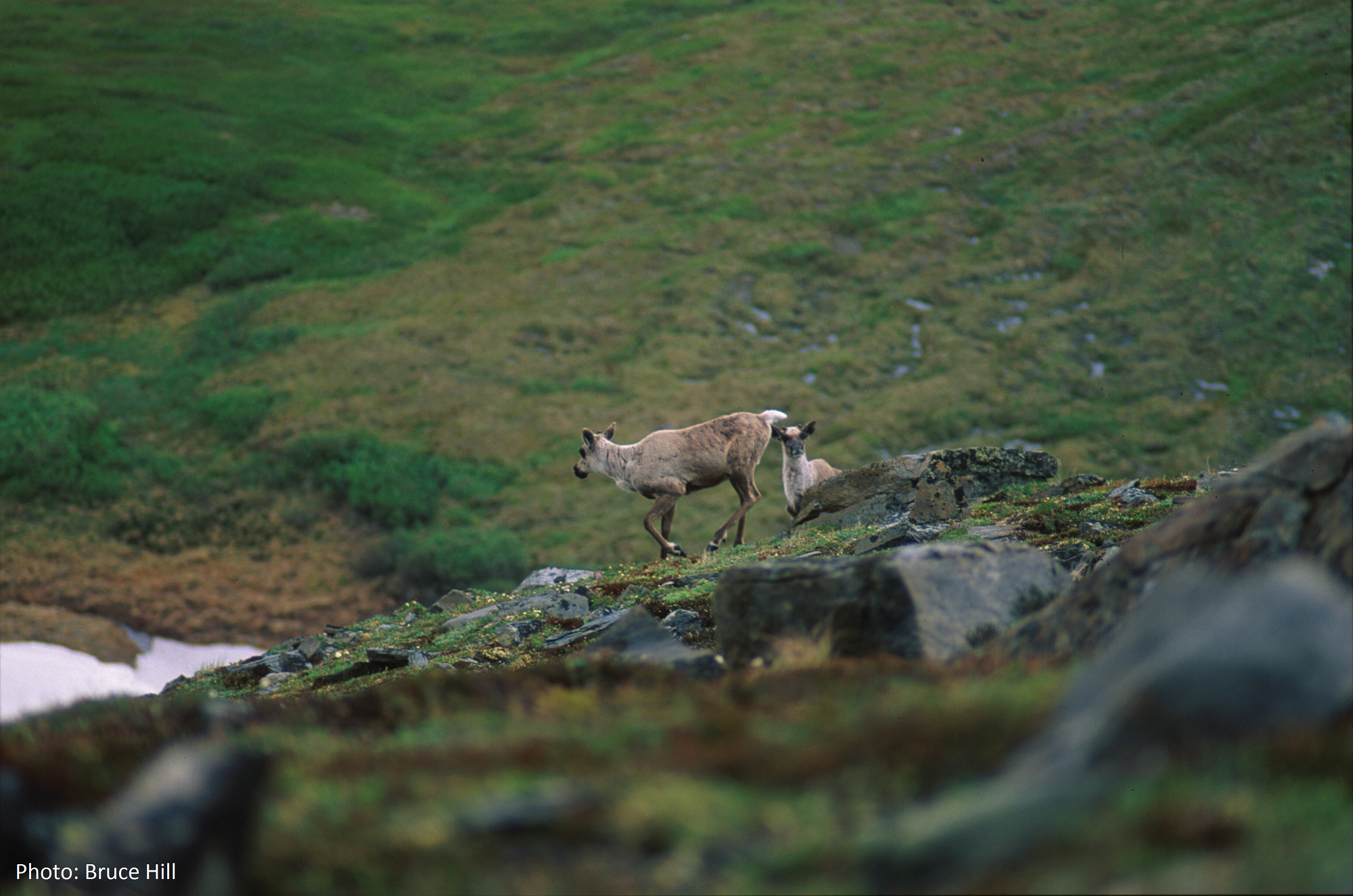
On December 12, 2002, the Species at Risk Act (SARA) was enacted in Canada. This Act is meant to accomplish three things:
- Assess and monitor the status of Canada’s wildlife species
- Prevent endangered and threatened species, as well as species of special concern, from going extinct by addressing their threats
- Help species that no longer exist in the wild to recover
How Does SARA Work?
While the Species at Risk Act is a Federal law, the assessment and management of species at risk is the shared responsibility of Federal, provincial and territorial governments. Provinces and territories are to protect species at risk within their borders while the Federal government protects species on federal lands, as well as in Canada’s rivers and oceans.
The Federal government also functions as a backstop for when provinces and territories are not taking enough action to ensure the protection of species at risk in their jurisdiction. Cooperation on both a regional and national scale is necessary because many of Canada’s species have ranges that cross provincial and territorial borders.
SARA is just one of many pieces of legislation Canada has for protecting the country’s wildlife, but it is the primary nationwide legislation focused on species at risk. Its strength comes from the inclusion of measures for species assessments that are grounded in science, and the coordination of governments, organizations, First Nations and individuals to act on these assessments. In addition to this, SARA imposes sanctions on those who commit offences to the protection of species at risk on federal land and water.
It’s important for everyone to familiarize themselves with SARA, as this law impacts anyone who comes across a designated species at risk on a property for which they are responsible. If this situation applies to you, you must comply with the Act.
Who’s on the List?
Since the Species at Risk Act is a Federal law, it is the Government of Canada who decides whether or not to put a species on the list – also called “Schedule 1”. They do this after reviewing scientific assessments produced by the Committee on the Status of Endangered Wildlife in Canada (COSWEIC) and consulting with the public. Once a species gets listed, a recovery strategy is developed and implemented for it.
There are four categories under which a species can get listed under SARA: endangered, threated, extirpated and special concern.
A species that is endangered is close to becoming extirpated or extinct; a threatened species faces the possibility of becoming endangered if their threats are not addressed. Species that are listed as extirpated no longer exist in the wild in Canada. Just to be clear, an extirpated species may still have a one or more surviving individuals – they just are being kept in captivity for their own protection, and possibly for captive breeding. Species that are extirpated in Canada could still exist in the wild in another country. Finally, a species of special concern is neither threatened or endangered, but may be elevated to one of these levels due to its circumstances.
A species can also be designated as ‘extinct’ – but this is an outcome we want to avoid, if we can help it.
You can browse through the species that have been listed under SARA, or look up a specific species, on the Species at Risk public registry website.
What Needs to Be Done to Help Species at Risk?
The statistics are not in favour of Canada’s wildlife. Since 1970, Canada’s terrestrial species have declined by 39%, and marine and freshwater species have declined by 39% and 76%, respectively. Currently, there are over 500 species considered to be at risk under SARA. Keep in mind that there are many species that have not been assessed yet, due to time constraints, conflicting priorities and a lack of available information on lesser-known species, so there may be even more threatened species than we are aware of.
Seventeen years after its enactment, the Species at Risk Act is not perfect. Its biggest issues lie in its interpretation and implementation, with it being used more often to impose sanctions than to encourage habitat stewardship.
The Act should not, however, be viewed as the be-all and end-all of environmental legislation. Canada’s provinces and territories must enact equally strong laws for species under their protection. Looking ahead, identifying and protecting the critical habitat of Canada’s species will be what helps them continue to exist.
References:
http://cwf-fcf.org/en/explore/endangered-species/sara/?src=es
https://davidsuzuki.org/project/species-at-risk/
http://www.hww.ca/en/issues-and-topics/species-at-risk-in-canada.html
https://www.registrelep-sararegistry.gc.ca/6AC53F6B-550E-473D-9BDB-1CCBF661F521/fedland-eng.pdf
